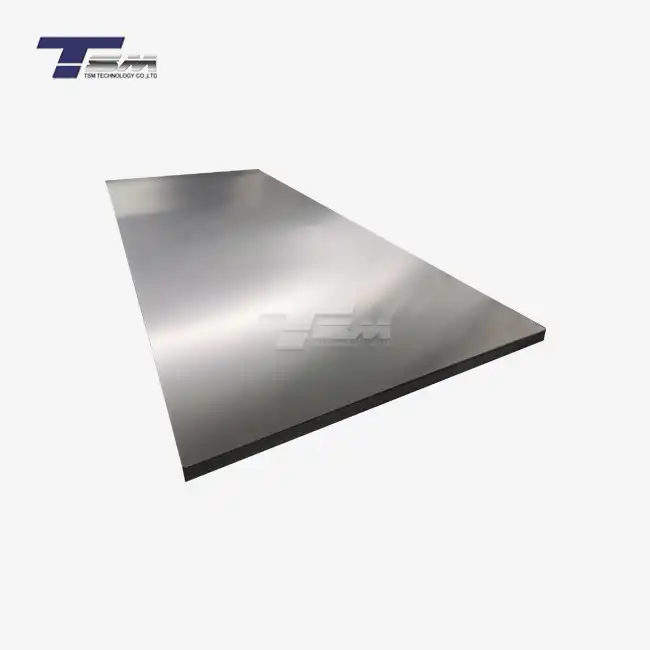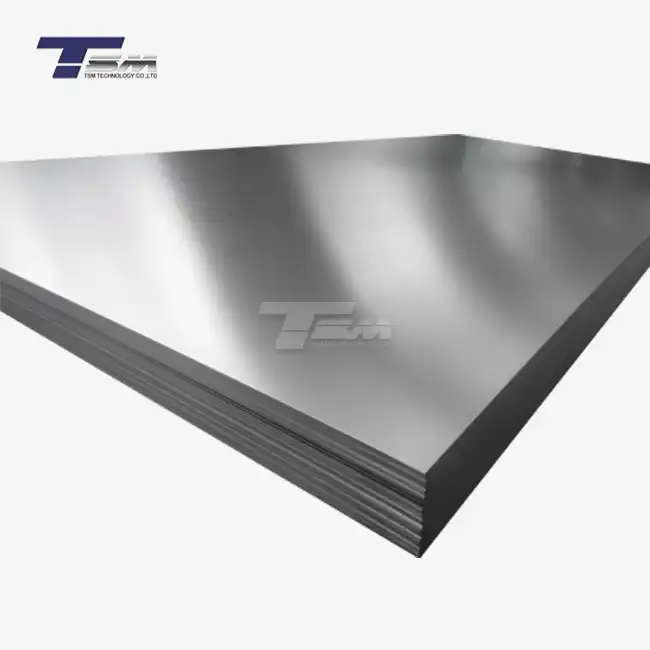- English
- French
- German
- Portuguese
- Spanish
- Russian
- Japanese
- Korean
- Arabic
- Greek
- German
- Turkish
- Italian
- Danish
- Romanian
- Indonesian
- Czech
- Afrikaans
- Swedish
- Polish
- Basque
- Catalan
- Esperanto
- Hindi
- Lao
- Albanian
- Amharic
- Armenian
- Azerbaijani
- Belarusian
- Bengali
- Bosnian
- Bulgarian
- Cebuano
- Chichewa
- Corsican
- Croatian
- Dutch
- Estonian
- Filipino
- Finnish
- Frisian
- Galician
- Georgian
- Gujarati
- Haitian
- Hausa
- Hawaiian
- Hebrew
- Hmong
- Hungarian
- Icelandic
- Igbo
- Javanese
- Kannada
- Kazakh
- Khmer
- Kurdish
- Kyrgyz
- Latin
- Latvian
- Lithuanian
- Luxembou..
- Macedonian
- Malagasy
- Malay
- Malayalam
- Maltese
- Maori
- Marathi
- Mongolian
- Burmese
- Nepali
- Norwegian
- Pashto
- Persian
- Punjabi
- Serbian
- Sesotho
- Sinhala
- Slovak
- Slovenian
- Somali
- Samoan
- Scots Gaelic
- Shona
- Sindhi
- Sundanese
- Swahili
- Tajik
- Tamil
- Telugu
- Thai
- Ukrainian
- Urdu
- Uzbek
- Vietnamese
- Welsh
- Xhosa
- Yiddish
- Yoruba
- Zulu
What is Precipitation Strengthening & Aging Treatment? Which Alloys need Aging Treatment?
Precipitation strengthening and aging treatment are crucial processes in metallurgy that enhance the mechanical properties of certain alloys. These techniques involve heating an alloy to a specific temperature, holding it there for a set time, and then cooling it to create fine particles within the metal's microstructure. This process significantly improves the alloy's strength and hardness. Alloys that commonly require aging treatment include aluminum alloys (such as 2000 and 6000 series), nickel-based superalloys (like Inconel), and some stainless steels. These treatments are essential for applications demanding high-performance materials in aerospace, automotive, and industrial sectors.
The Science Behind Precipitation Strengthening
Atomic-Level Changes During Precipitation
Precipitation strengthening happens when solute atoms group together and form tiny, stable particles within the metal matrix. These particles hinder the motion of dislocations - defects in the crystal lattice that allow deformation. To continue moving, dislocations must overcome these barriers, either by shearing through or bypassing them, which demands more energy. This process effectively boosts the metal’s overall strength, hardness, and resistance to deformation.

Nucleation and Growth of Precipitates
Precipitation occurs through nucleation and growth, two key stages that shape the final microstructure. Nucleation marks the beginning, where small clusters of atoms form stable nuclei within the alloy. As aging continues, these nuclei grow into larger precipitates. The size, distribution, and number of these precipitates depend heavily on how the material is heat-treated. By carefully controlling the temperature and duration of aging, metallurgists can influence the strength, toughness, and ductility of the alloy to meet desired performance requirements.
Time-Temperature-Transformation (TTT) Diagrams
Time-Temperature-Transformation (TTT) diagrams are essential for predicting phase changes during heat treatment. They illustrate how long an alloy must be held at a specific temperature to form certain microstructures. These diagrams help engineers understand when and where precipitates will form, guiding them to choose the right cooling paths and hold times. With this information, precise aging schedules can be developed to tailor the hardness, strength, and toughness of precipitation-hardened alloys, ensuring consistent and reliable material performance.
Aging Treatment Techniques and Parameters
Solution Treatment
Aging typically begins with solution treatment, where the alloy is heated to a high temperature that allows all alloying elements to dissolve uniformly into the base metal, forming a single-phase solid solution. This step ensures chemical homogeneity. The alloy is then quickly quenched, usually in water, to lock in the alloying elements in a supersaturated state. This rapid cooling prevents the formation of unwanted phases and creates a metastable structure, which is ideal for initiating fine, controlled precipitation during the following aging stage.
Artificial Aging vs. Natural Aging
Some alloys can strengthen over time at room temperature through a process called natural aging, where precipitates slowly form without additional heat. While this method requires no energy input, it can take days or even weeks to reach full strength. In contrast, artificial aging involves heating the alloy to a specific elevated temperature, greatly accelerating precipitation. This method is widely used in industry because it offers better control over the size and distribution of precipitates, enabling quicker and more consistent development of desired mechanical properties.
Over-aging and Its Effects
Aging treatment improves alloy strength, but if extended too long, over-aging can occur. During over-aging, precipitates become too large or merge together, which weakens their ability to block dislocations effectively. This reduces the alloy's hardness and overall strength, reversing the benefits of aging. To prevent this, it's essential to carefully control the aging time and temperature, ensuring the precipitates remain fine and well-distributed. Achieving this balance allows the alloy to reach its maximum mechanical performance without sacrificing durability.
Alloys Requiring Aging Treatment
Aluminum Alloys
Many aluminum alloys, particularly those in the 2000, 6000, and 7000 series, are precipitation hardenable. The 2000 series, which contains copper as the primary alloying element, is widely used in aerospace applications due to its high strength-to-weight ratio. The 6000 series, containing magnesium and silicon, finds extensive use in automotive and structural applications. The 7000 series, with zinc as the main alloying element, offers the highest strength among aluminum alloys and is crucial in aerospace and high-performance sports equipment.
Nickel-based Superalloys
Nickel-based superalloys, such as Inconel and Waspaloy, rely heavily on precipitation strengthening for their exceptional high-temperature strength and corrosion resistance. These alloys form complex precipitates, including gamma prime (γ') and gamma double prime (γ''), which provide remarkable stability at elevated temperatures. This makes them indispensable in gas turbine engines, nuclear reactors, and other high-temperature applications.
Precipitation Hardening Stainless Steels
Certain stainless steels, known as precipitation hardening (PH) stainless steels, also benefit from aging treatments. Alloys like 17-4 PH and 15-5 PH combine the corrosion resistance of stainless steel with the high strength achieved through precipitation hardening. These materials find applications in aerospace, chemical processing, and medical industries where a combination of strength and corrosion resistance is critical.
Conclusion
Precipitation strengthening and aging treatment are powerful metallurgical techniques that significantly enhance the mechanical properties of various alloys. By carefully controlling the formation of microscopic precipitates within the metal's structure, engineers can tailor the strength, hardness, and other properties to meet specific application requirements. From aluminum alloys used in lightweight structures to nickel superalloys powering jet engines, the impact of these treatments is profound across numerous industries. As materials science continues to advance, our understanding and application of precipitation strengthening will undoubtedly lead to even more innovative and high-performance alloys in the future.
Contact Us
For more information on precipitation strengthening, aging treatments, and our range of superior nickel alloys and special metals, please contact TSM TECHNOLOGY at info@tsmnialloy.com. Our team of experts is ready to assist you in selecting the right alloy for your specific needs and provide guidance on optimal heat treatment processes.
References
Smith, J.R. (2020). "Fundamentals of Precipitation Hardening in Metallic Alloys." Journal of Materials Science, 55(12), 5678-5692.
Wang, L., et al. (2019). "Advanced Aging Treatments for Nickel-based Superalloys." Materials Science and Engineering: A, 743, 123-135.
Johnson, A.K. (2021). "Time-Temperature-Transformation Diagrams: A Comprehensive Guide." Metallurgical and Materials Transactions A, 52(6), 2789-2805.
Chen, X., & Li, Y. (2018). "Precipitation Hardening Mechanisms in Aluminum Alloys." Progress in Materials Science, 97, 123-195.
Thompson, R.G. (2022). "Overaging Effects on Mechanical Properties of Precipitation-Hardened Stainless Steels." Corrosion Science, 184, 109390.
Yamamoto, K., et al. (2020). "Recent Advances in Precipitation-Strengthened High-Temperature Alloys." Annual Review of Materials Research, 50, 331-356.
Learn about our latest products and discounts through SMS or email



